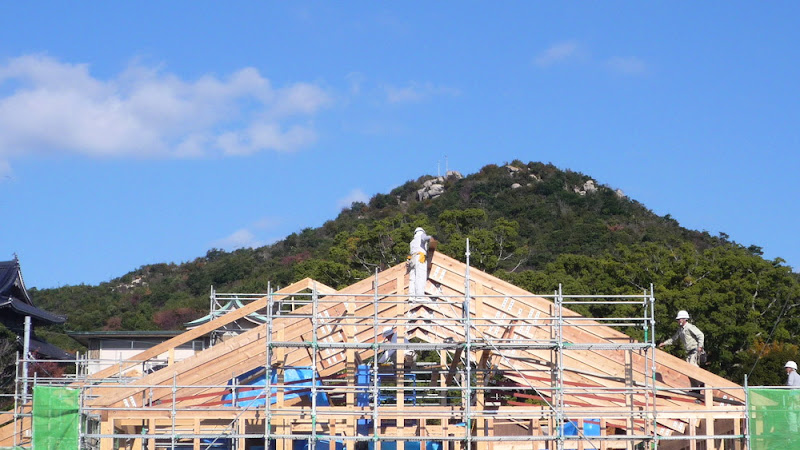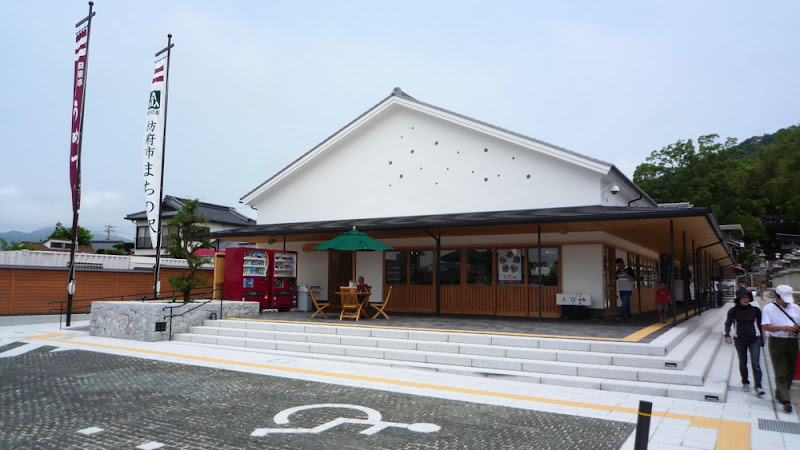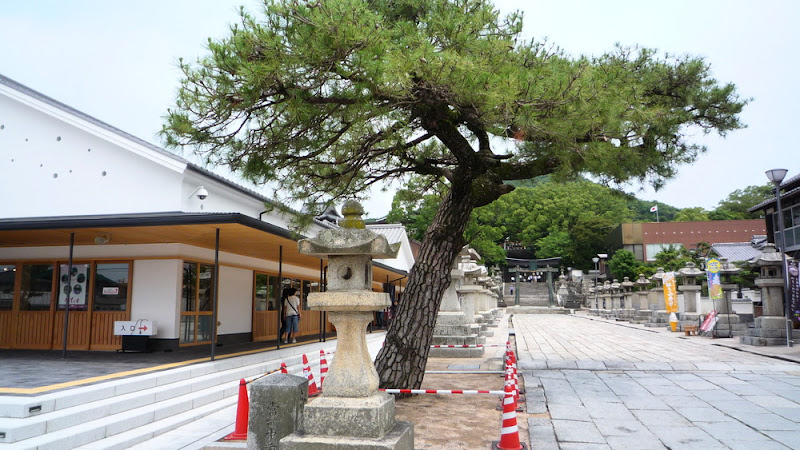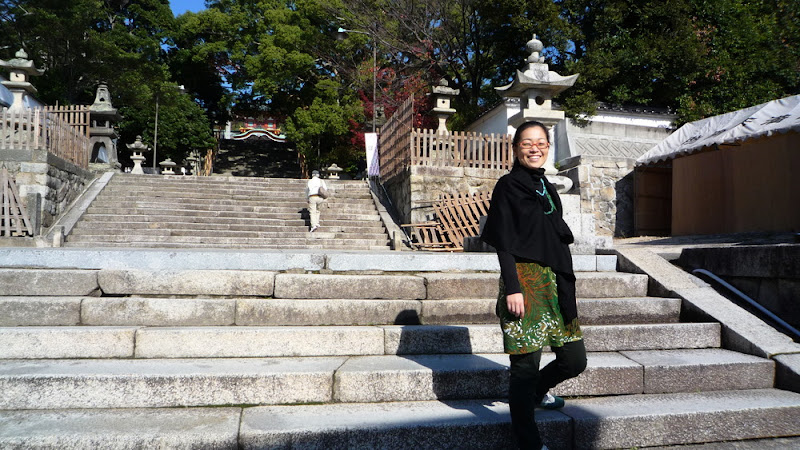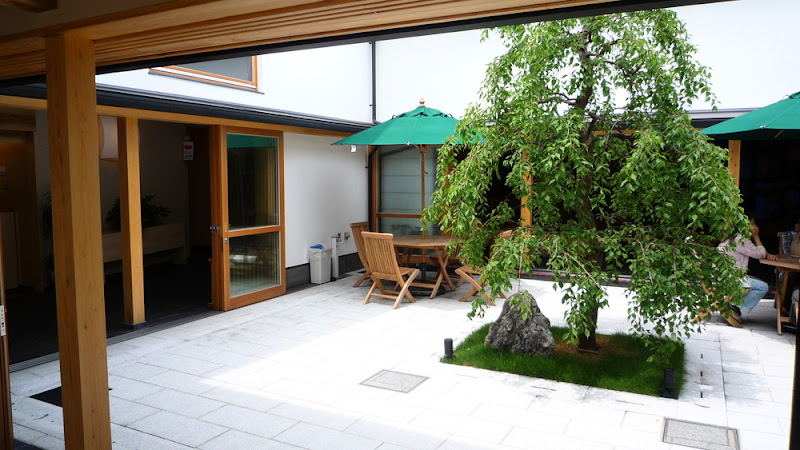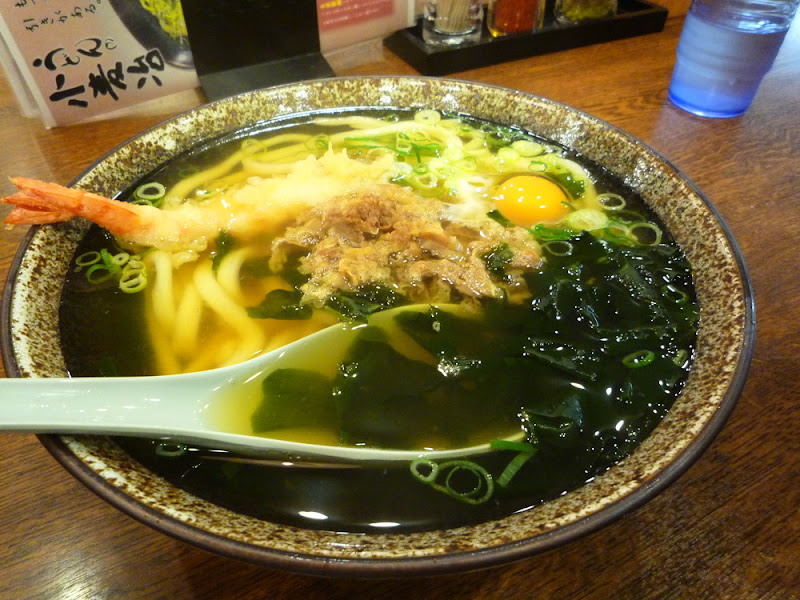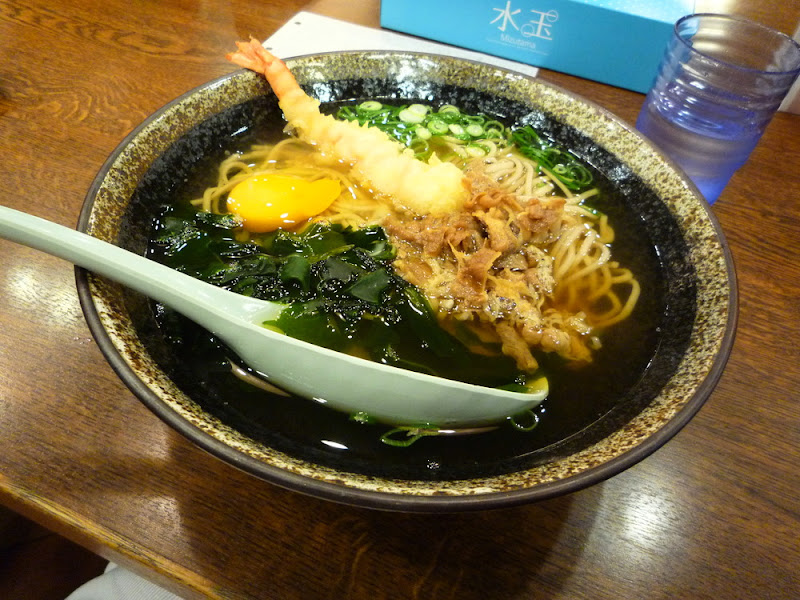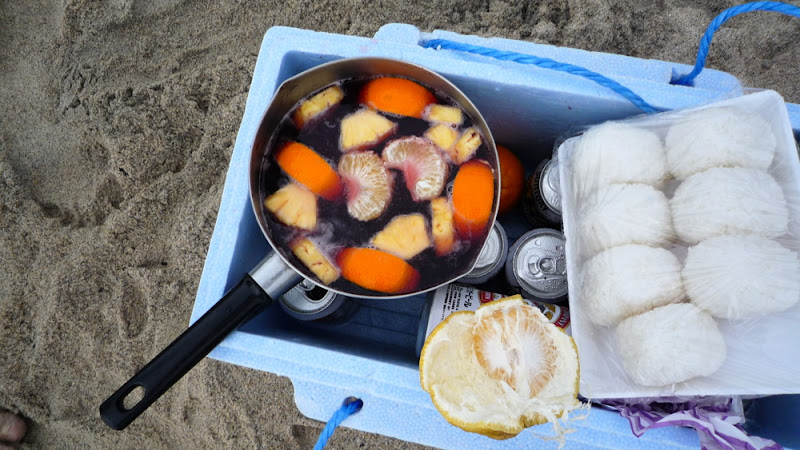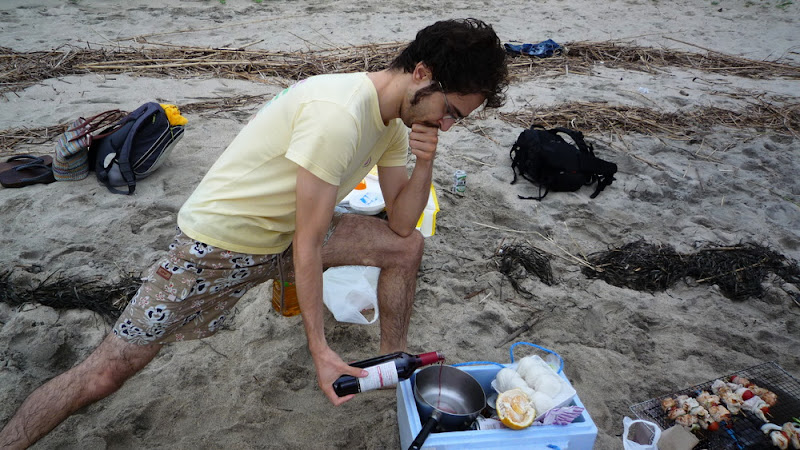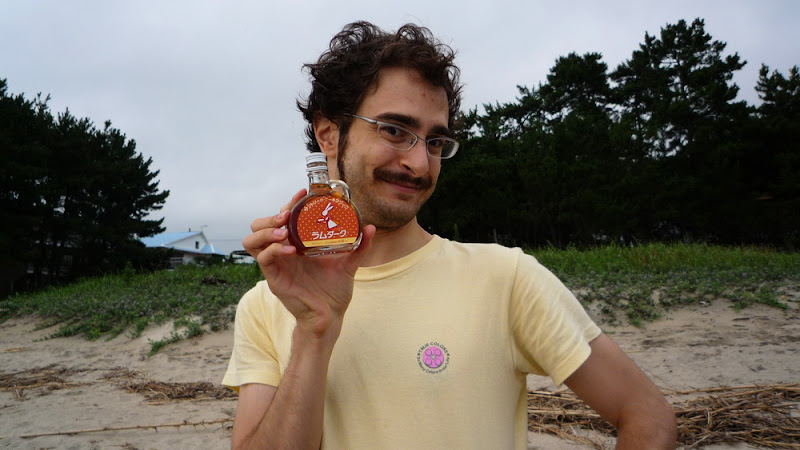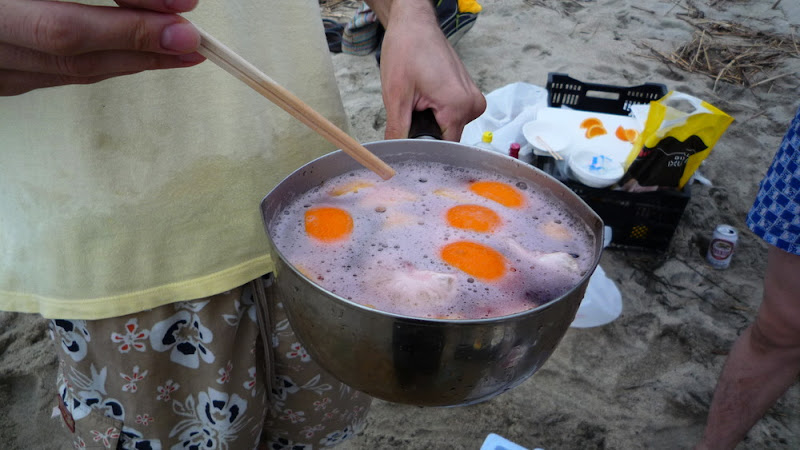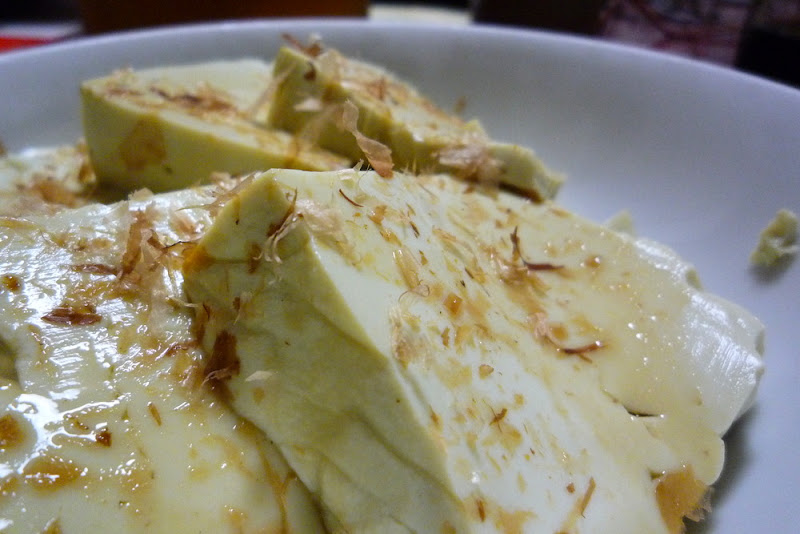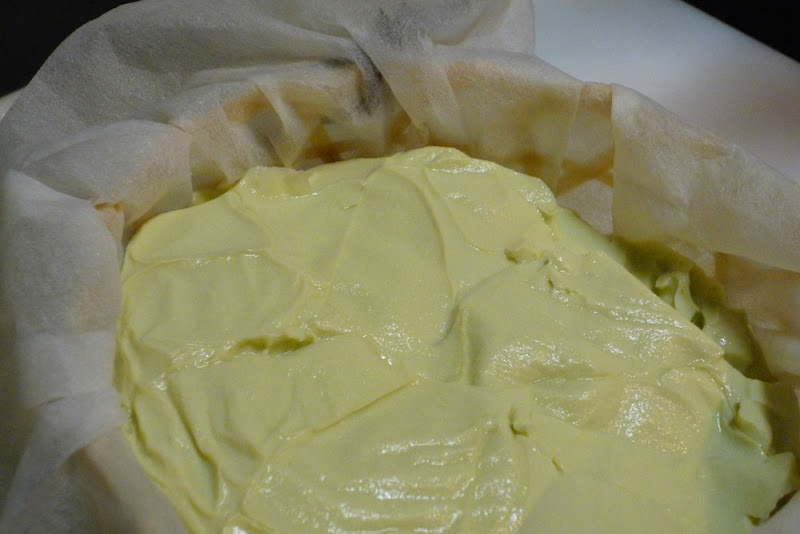Hace unos meses me gustó ver esta obra de un edificio de madera bastante grande en Hofu, Yamaguchi, que es donde viven los padres de Ai.
数ヶ月前、愛の実家がある山口県の防府市で、初めてこんなに大きい木造の建物の工事を見て驚いた。
Some months ago, I was surprised to see a wooden building this large in the making. It was in Hofu, Yamaguchi, where Ai’s parents live.
Al final ha quedado un edificio bastante tradicional y moderno a la vez.
工事が終わったら、伝統的で現代的な建物になった。
It became a very traditional as well as modern building.
Tiene información turística, tienda de productos típicos, e incluso salas de reuniones. Se llama Machi no Eki, y hay muchos centros de esta cadena por todo el Japón. Las lleva una organización sin ánimo de lucro.
観光案内、お土産屋さん、会議室まである。まちの駅は全国にいっぱいあって、非営利団体が運営しているらしい。
It as touristic information, a souvenir store, and even conference rooms. It’s called Machi no Eki, there are many all over Japan, and they are managed by a NPO.
Está muy cerca del Hofu Tenmangu, el templo donde nos casamos.
僕達が結婚した防府天満宮の近くにある。
It’s very near the temple where we got married: Hofu Tenmangu.
Y esta es la terraza que hay en el centro del edificio. ¡Nos vemos en Hofu!
建物の真ん中にあるテラス。今度は防府に遊びに行こう!
And this is the terrace in the middle of the building. See you in Hofu!

